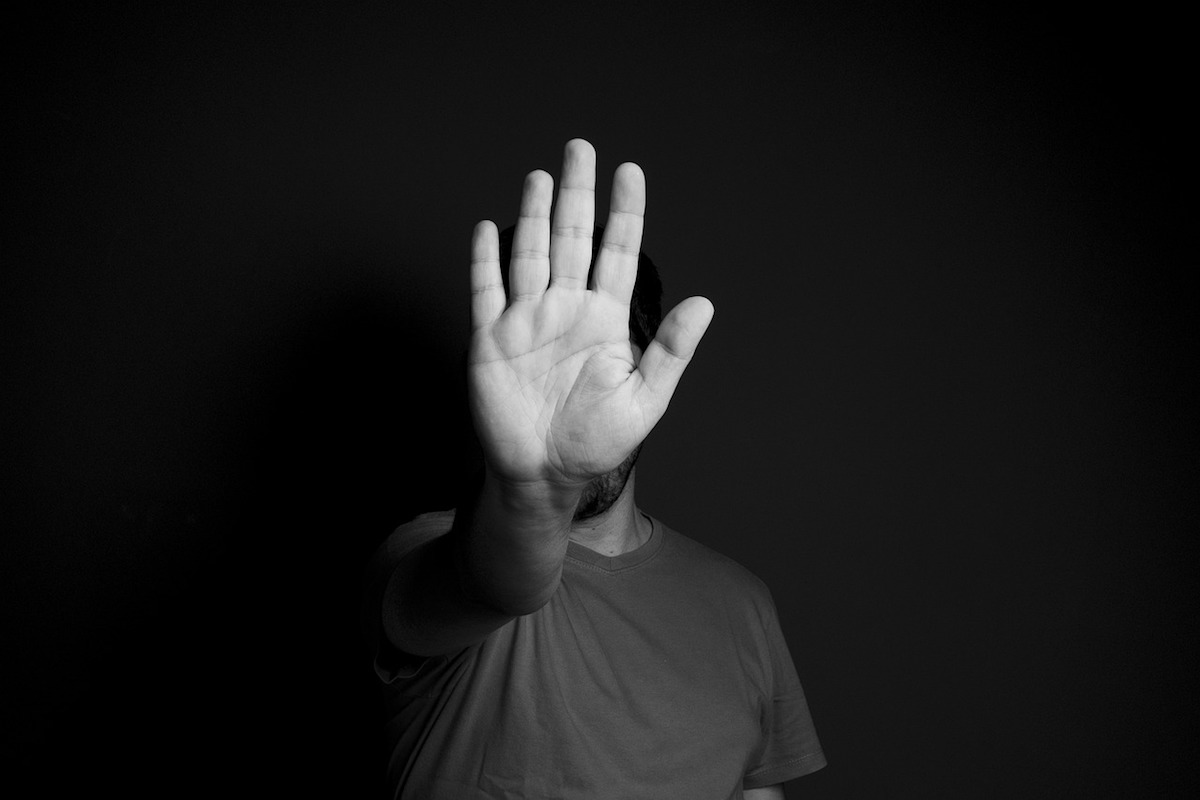Anyone can be an active bystander, but it’s always important to consider your personal safety in the situation before deciding to intervene. Once you’ve decided that it’s safe to step up, there are several forms that bystander intervention can take.
The following intervention approaches are for intervening in instances of sexualized violence in particular, but they can also be applied to many other potentially harmful situations:
Determine if something is wrong
Check in or follow up with someone by asking questions such as: Are you OK? How has your night been so far? Do you feel comfortable with them here with you? Do you know them? Do you want me to get you some water or food? Who did you come out with tonight?
Intervention strategies
If you know that something problematic has happened or could happen soon, some strategies to intervene include:
- Distraction: You can distract the person who is engaging in problematic behaviour by asking them a question or for advice.
- Physical presence: Just being present and letting the person who is engaging in harmful behaviour know that you’re watching them can have an impact and potentially stop something harmful from happening.
- Calling out: If you feel comfortable, you can call out the person who is engaging in harmful behaviour by saying things like: Stop that! Leave them alone. Hey, that’s not cool! That joke isn’t funny.
- Asking the person who is causing harm to leave: If the person who is causing harm doesn’t stop when asked to, you can say things like: I think you should leave. That type of behaviour isn’t welcome here.
- Providing support to the target of the problematic behaviour: If you’re uncomfortable addressing the individual who is causing the harm you can focus on the person who is the target of the unwanted attention. You can ask them if they are OK. If there is anything you can do to help them. If you’re at a party, you can ask if they’d like you to find their friends for them. Or you can offer to walk them home or offer to help them get away from the harmful situation.
After something has already happened
If someone shares with you that they’ve experienced a form of sexualized violence, always believe the victim/survivor. Do not blame them or shame them for what has happened to them. Let them know that it’s not their fault and thank them for trusting you to share this with you.
As tempting as it may be to try and fix the situation or to offer advice, please don’t overstep your bounds. During sexualized violence, control is taken away from the victim/survivor and it’s important that the victim/survivor knows they have control over what happens next. You can offer support by asking how you can help them and by letting them know that you’re there for them if they need to talk.
All this information comes from the Waves of Change Basic Bystander Module. To learn more about how to be an active bystander or to receive Waves of Change bystander training, contact Human Rights and Equity Services at HRES@dal.ca.

